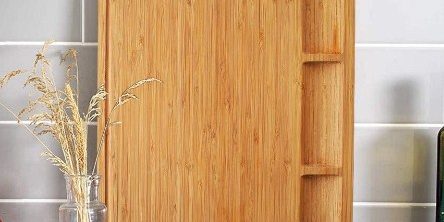Choosing the right cutting board material is a crucial decision for any cook. In this in-depth comparison, we’ll explore how bamboo cutting boards stack up against other popular materials, helping you make an informed choice.
1. Bamboo vs. Wood: Delve into the differences between bamboo and traditional wood cutting boards, including wood types, grain orientation, and maintenance requirements. Understand the unique benefits each material offers.
2. Bamboo vs. Plastic: Explore the hygiene, durability, and knife-friendliness of bamboo compared to plastic cutting boards. Discover how these factors impact your kitchen experience and food safety.
3. Bamboo vs. Composite Materials: Understand the pros and cons of bamboo in comparison to composite materials like resin and fiber cutting boards. Learn which material aligns best with your needs and preferences.
4. Environmental Considerations: Dive deep into the environmental aspects of each material, including biodegradability, sustainability, and resource consumption. Gain insights into how your choice affects the planet.
5. Maintenance and Care: Get practical advice on maintaining cutting boards made from different materials, from cleaning and sanitizing to oiling and refinishing.
By the end of this article, you’ll have a comprehensive understanding of how bamboo cutting boards compare to other materials, ensuring you select the ideal cutting board for your culinary needs.






